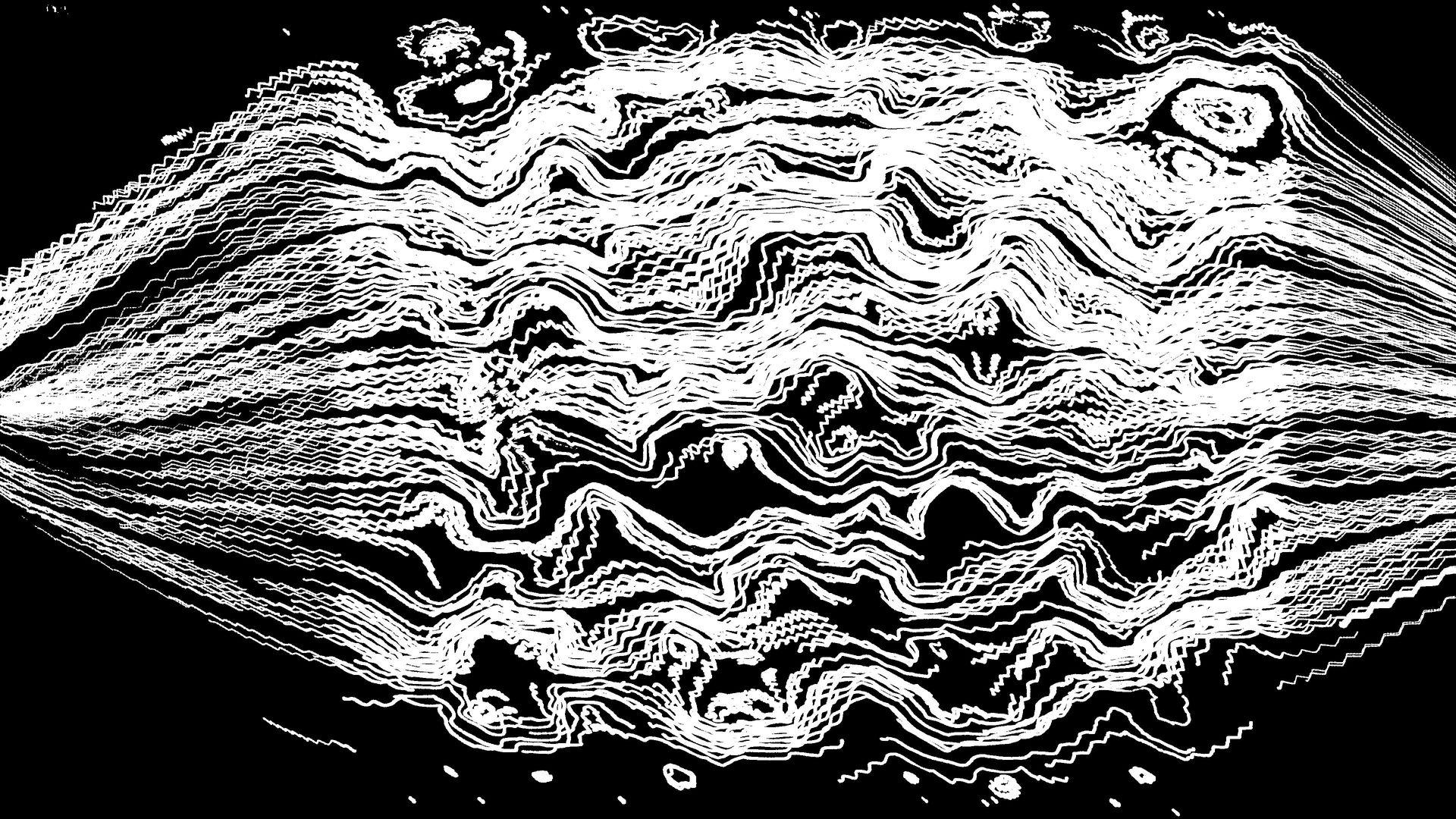Context
We know that the lungs are one of the most exposed organs in the human body. As they process around 10,000 litres of air every day, they are exposed to all kinds of microbes, particles or harmful gaseous compounds. The main defence mechanism against this threat is the mucociliary clearance. It consists of motile cilia on the surface of the airway epithelium that move a thin layer of mucus out of the lungs. However, mucociliary clearance is complex, involving multi-scale physics that make it difficult to study.

Approach
The aim of my thesis was to artificially recreate the multi-ciliated surface that drives mucociliary clearance. The system had to be modular, so that the configuration and orientation of the cells could be easily changed, and also large enough to be easily studied. To achieve this, I designed a system consisting of small hexagonal modules, some of which had a rotating magnetic cylinder at their centre. The system was then placed in a rotating magnetic field which actuated the cylinders, creating a flow at the surface. The flow was then analysed using fluorescent particles that could be tracked in the fluid using image filtering with Matlab.
